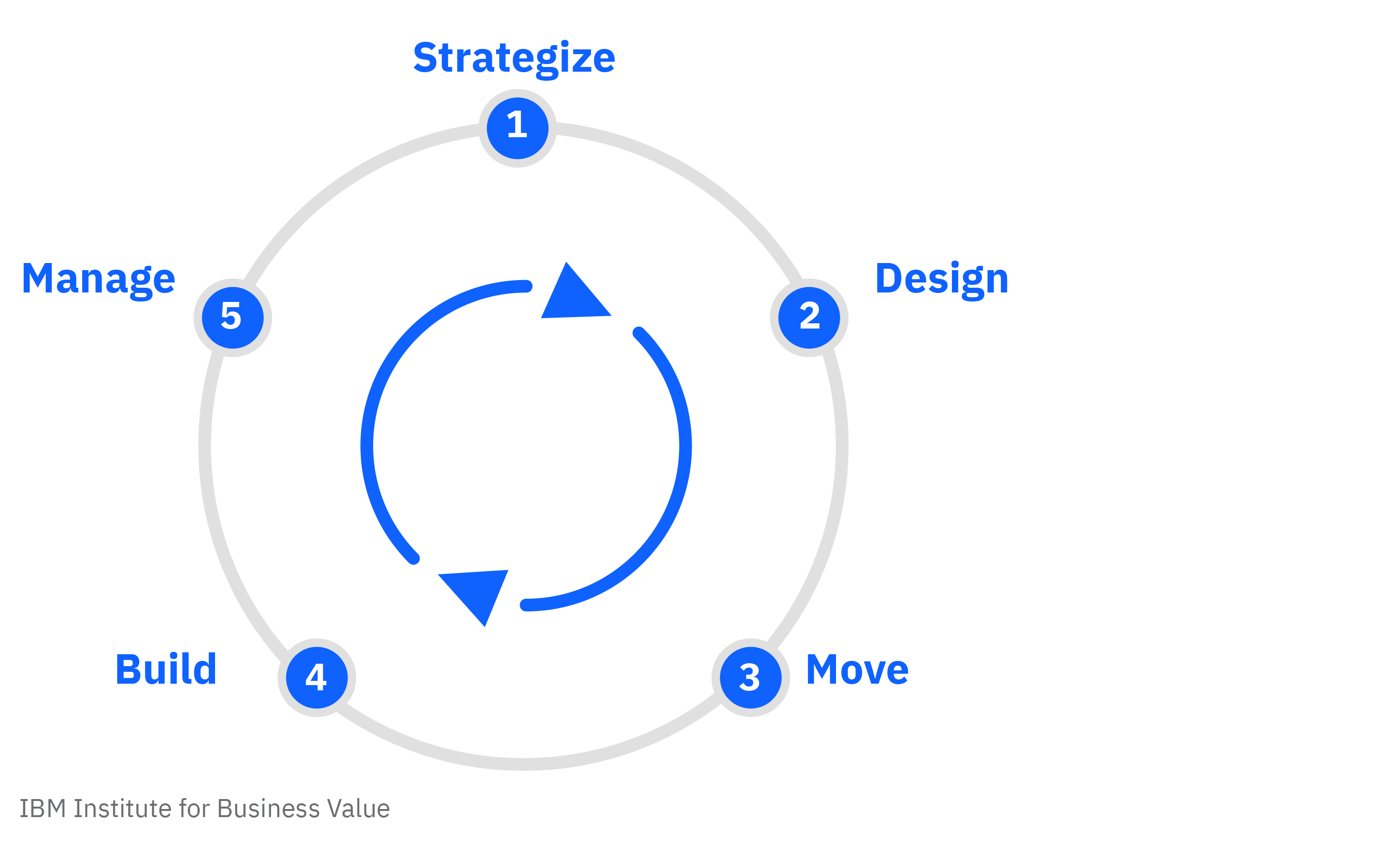The hybrid cloud platform advantage—The South Korean point-of-view
In an era of unparalleled business transformation, companies are using cloud platforms and digital technologies to discover new ways to leverage data and improve business performance. Typically, cloud platforms are clouds—or multiclouds—in a single environment: public or private. A hybrid cloud platform takes that a step further, operating across two or more of these environments.
Advanced companies are aligning their business transformation efforts with the adoption of cloud platforms. This next-gen business model helps organizations become more agile and adaptable—which is a top priority in the post-pandemic environment.
The next 80% of the cloud opportunity focuses on shifting core business applications and workloads to the cloud.
However, some organizations are struggling with harnessing the full capabilities of their cloud environments. Though 90 percent of companies globally were “on the cloud” by 2019, only about 20 percent of their workloads have moved to a cloud environment. These workloads have usually been microservices that are native—that is, born on the cloud.
The next 80 percent of the cloud opportunity focuses on shifting core business applications and workloads to the cloud and optimizing everything from supply chains to sales. This is the next chapter of the cloud; it requires business executives to invest in hybrid multicloud platform strategies and capabilities.
The value case for hybrid multicloud
For many organizations, getting on the cloud was “what” they wanted to do. But new business models, applications, and infrastructure are “why” they want to do it. Thus, the success or failure of cloud deployments are not technology stories; they are business transformation stories.
Hybrid multicloud platforms deliver 2.5 times more value than a single cloud platform.
It has been demonstrated that the value derived from a full hybrid, multicloud platform technology and operating model at scale is 2.5 times the value derived from a single platform, single cloud vendor approach. This has been validated across 30 global companies in multiple industries. Indeed, a platform approach accelerates value with scale.
Cloud functionality is a strategic pillar
Today, with cloud adoption nearly ubiquitous, businesses can use cloud to bridge the long-standing divide between business and IT. Some organizations are using cloud for digital transformation, redesigning their business processes to optimize innovation and enhance competitive positioning.
Indeed, the cloud journey now can be closely aligned with a wider transformation of an organization’s capabilities and its ways of working. As such, enhanced cloud functionality is a central, strategic pillar, enabling an entirely new approach to business.
Only 28% of businesses in South Korea have a holistic multicloud management strategy in place today.
A cloud platform strategy cannot be designed in isolation. Ideally, it happens in the context of the business objectives one desires to achieve and in concert with a data governance strategy, an application modernization strategy, and a mobile strategy, among others—because all of these now interrelate. If they are not viewed holistically, there will be gaps. Looking at these various strategies together simplifies the work of transforming business and IT at the same time.
Unfortunately, only 28% of businesses in South Korea say that their organization has a holistic multicloud management strategy in place today. This is true even though our analysis shows that organizations globally break-even on their investment in cloud management in approximately two years and go on to earn 2.9 times their investment in year ten, while cloud leaders earn 4.5 times their money back.
Read the full report to learn the five steps your organization can take to achieve the hybrid cloud advantage.

Meet the authors
Anthony Marshall, Senior Research Director, Thought Leadership, IBM Institute for Business ValueJi Eun Lee, Korea CTO, IBM Global Markets
Richard Warrick, Global Research Leader, Cloud, IBM Institute for Business Value
Download report translations
Originally published 05 January 2021


